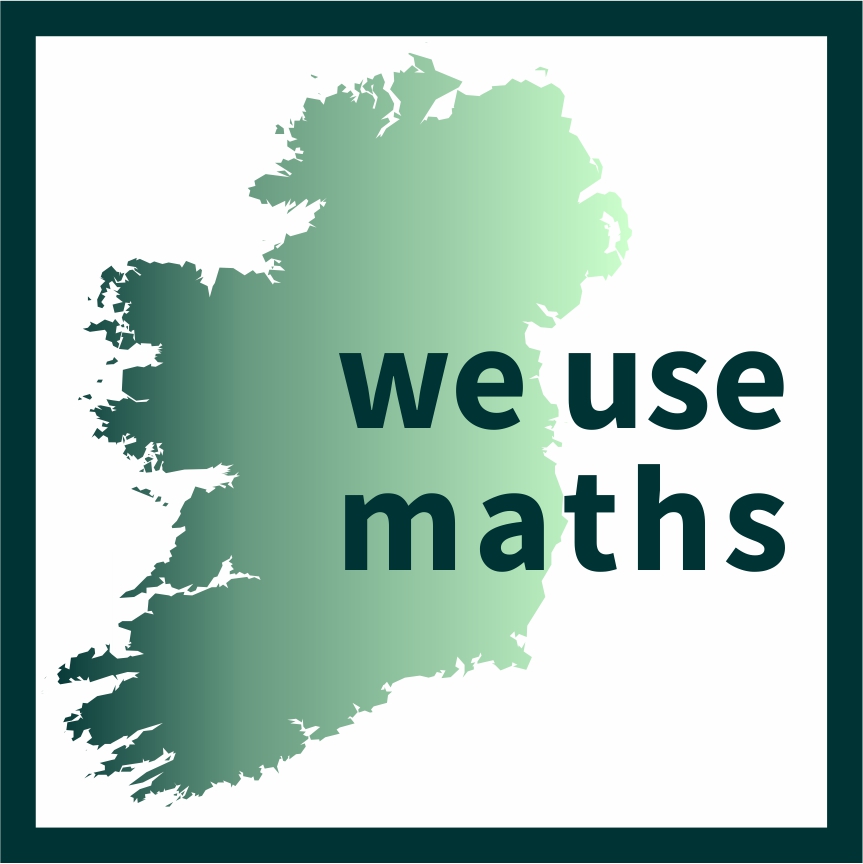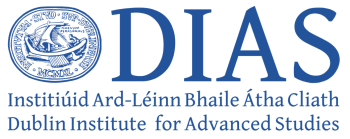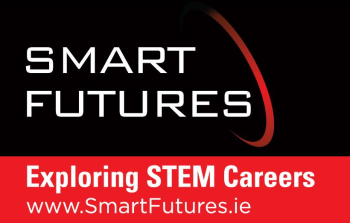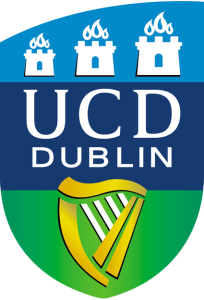Aisling O’Beirn:
Artist
Your name?
Aisling O’Beirn
Your job title?
Artist
What are the main tasks and responsibilities?
As an artist I make artwork (sculpture, installation and animations) for exhibition in both galleries and various types of public spaces. I often work with other people in developing ideas / collaborations (eg Dunsink Observatory, Dublin Institute of Advanced Studies and Armagh Observatory).
As an artist it is my responsibility to bring a self-generated idea from inception to its finished form. This process can take time, making decisions about materials, process and forms that will work for any given idea.
Documentation of my work can be seen on www.aislingobeirn.com
How do you use mathematics within your job?
I use mathematics in 2 ways in my job. Firstly I make sculpture so often have to perform simple calculations, measure materials, calculate areas, circumfrences etc. I also have to use maths to budget for particular projects and to do my dreaded annual tax return!
Secondly mathematics is an inspiration in my work so I often attempt to understand mathematical concepts / operations beyond my very basic knowledge as part of making a piece of work. Ie for the piece ‘Quatenion Quest’ http://www.aislingobeirn.com/quaternion.htm I attempted to understand Hamilton’s Quaternion Equation with the help of Prof Luke Drury, Dr. Áine McManus & Dr. Peter Kootsookos. Needless to say I never fully came to grips with the equation but the quest lead to a series of sculptures and a film charting the process. These formed the content of the exhibition.
In Boolean Logic, http://www.aislingobeirn.com/boole.htm the piece I showed in the exhibition Boolean Expressions (commemorating the bi centenary of mathematician George Boole) I used Venn Diagrams. I use the diagrams to map the process using 3 simple rules to make a sculpture where timbers were balanced on an easel, but not allowed touch the floor. They could touch the easel, and or touch another timber but not the floor. If they collapsed or fell I would have to place them on the sculpture again. The process of making thre sculpture was to try to find its entropic tipping point. I did this by putting Boolean Logic into play by following a simple set of rules which would dictate the sculpture’s final (chaotic) form.
I am currently working on an exhibition with Armagh Observatory and hope to make an installation in the ceiling of Millennium Court Art Centre of the constellation the Great Bear, that is faithful to the relative distances between the starts and earth from the earths perspective. This will stretch my calculation capabilities!
Mathematics and current astronomical research inform much of my work as an artist. I am interested in the idea that mathematicians, artists, and scientists of various disciplines are all at heart pattern hunters.
What type of mathematics do you use to solve problems?
My understanding of mathematics is basic (Leaving Cert maths from 1986!) but I am interested in the idea that I try to use my basic knowledge to work with patterns and systems in the making of artwork.
I frequently calculate distances, areas and ratios in the making of objects. I used Venn Diagrams in a recent piece about Boolean Logic. I use basic addition subtraction multiplication and division for such onerous tasks of calculating project budgets and tax returns!
What aspects of the mathematics curriculum or mathematics courses have proven most useful to you?
I have to hark back to my leaving cert maths from the mid 1980’s! I have to confess to having forgotten a lot. Anything after that I’ve tried to learn / teach myself but often I am as interested in my attempt (and even failure) to understand a mathematical concept and discuss with people knowledgeable of the subject, as in the concept itself.
What is your education to date?
Leaving Cert 1986 (maybe this is not relevant leave out if irrelevant)
1Yr Cert in Visual Education Galway RTC (now GMIT)
BA ( Hons ) Fineart, Sculpture, University Of Ulster, Belfast, 1990
PhD, University Of Ulster, Belfast, 2005
Associate Lecturer, University of Ulster
What advice would you give to someone considering your job?
My job has 2 main aspects. I work as an artist (on a self employed basis) but I also teach Fine Art to students at the School of Art, University of Ulster . My teaching is dependant on my practice and experience as an artist.
To be an artist you need to really want to do it, to be self motivated and to be able to work independently. You have to be flexible and adapt to different situations and willing to learn on the job. Much of the work I do also involves working with / talking to different people so communication can be important too. You have to be prepared to take risks and accept failure as integral to the process. A sense of humour also goes a long way!
To teach in an art school you need many of the same skills but also have to be prepared for an increasing amount of paperwork!
What do you find most interesting in your job and what do you findare the main challenges?
The main plus of the job is the variety of things that I might be doing on a daily basis. I make different work for different exhibitions, so for each exhibition I work with a new set of ideas, materials and process ranging from building un weildely balanced sculptures from salvaged timbers to making painstaking animations.
Being an artist involves working with different people from various disciplines, the space to share and develop ideas. Travel can also be another opportunity that the job affords, exhibiting and making work abroad as well as here. This provides opportunity for cultural exchange.
The unexpected is an integral part of the job and can be both interesting and challenging.
Being an artist is not the most lucrative trade ever, especially in our current economic climate, but its advantages outweigh its disadvantages. It is not boring.
I also teach part time at University of Ulster and working with the students can be enegerising but the buraceracy and constantly diminishing resources can be grinding! Like anything there are swings and roundabouts.





